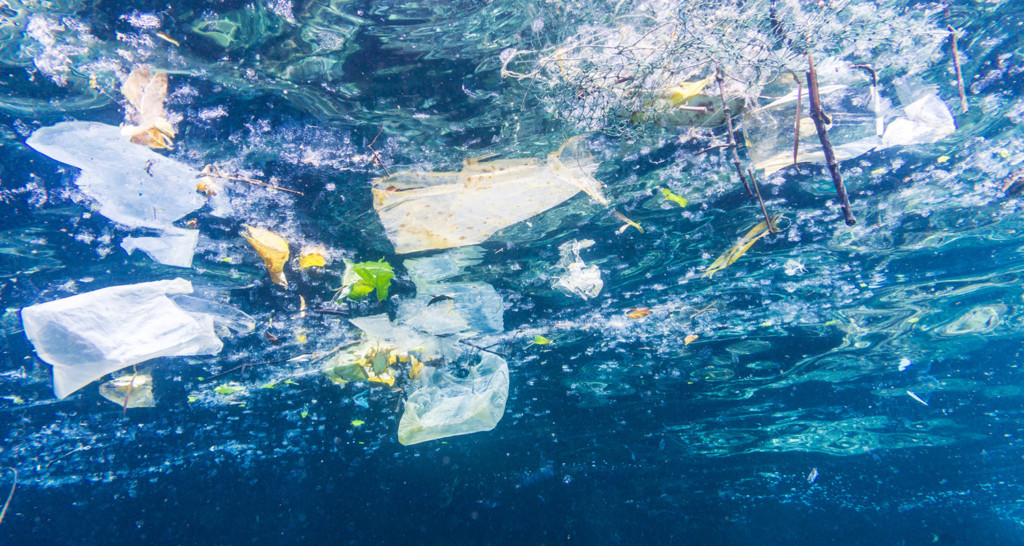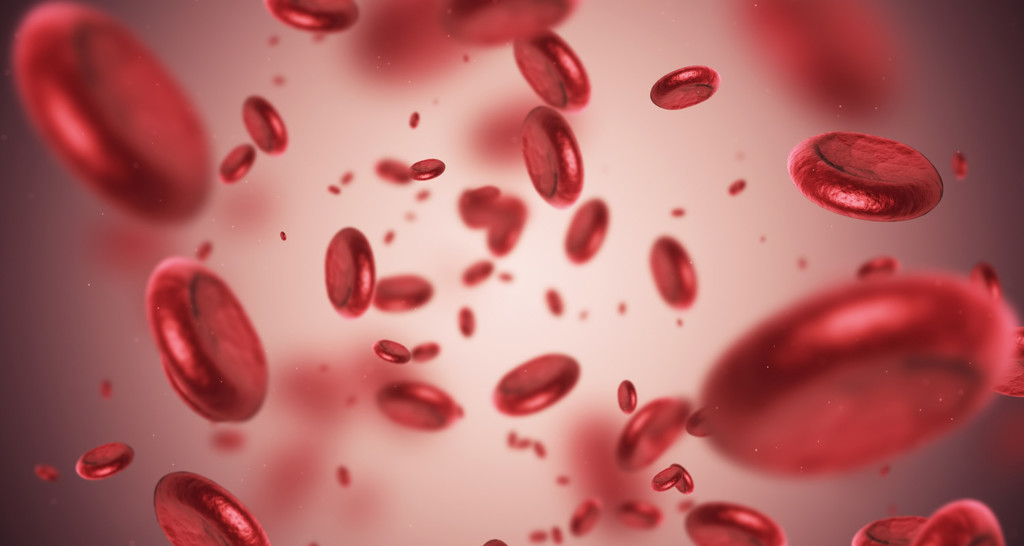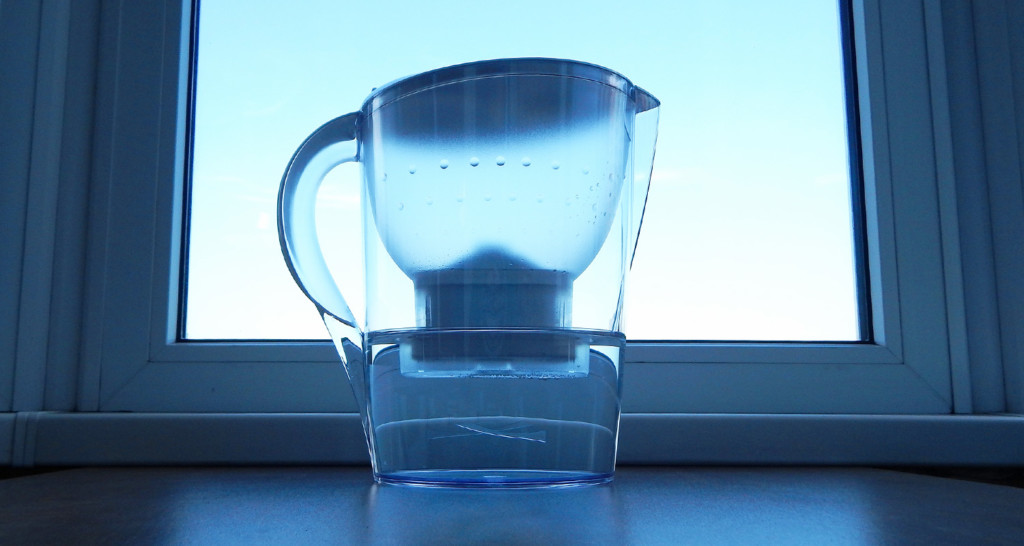
[tldr]
- A new study claims that 90 percent of sea salt contains microplastics. Other studies have found microplastics in tap water, beer, and canned seafood.
- Microplastics are tiny particles of plastic debris that leach chemicals into the water and pose serious health risks to birds, marine life, and humans.
- Salt is good for the body, but plastic contamination isn’t. Only use Himalayan salt or Redmond salt, which come from ancient, unpolluted seabeds. Try purple bamboo salt, which may remove impurities during the heating process.
- Reduce your use of plastic goods to help minimize the amount of microplastics in the ocean. It’s good for the planet and your body.
[/tldr]
You wouldn’t willingly sprinkle plastic on your food — but studies show that tiny plastic pieces end up in your gut anyway.
A new report by researchers in South Korea and Greenpeace East Asia shows that microplastics — tiny plastic pieces smaller than a grain of rice — are found in 90 percent of commercial sea salt brands.[ref url=”https://oceanservice.noaa.gov/facts/microplastics.html”]
Previous studies have found microplastics in tap water, beer, and canned seafood.[ref url=”https://journals.plos.org/plosone/article?id=10.1371/journal.pone.0194970 “][ref url=”https://www.sciencedirect.com/science/article/pii/S0048969717323471″] A recent pilot study found plastic in stool samples from participants around the globe, including Finland, Italy, and the United Kingdom.[ref url=”https://www.ueg.eu/press/releases/ueg-press-release/article/ueg-week-microplastics-discovered-in-human-stools-across-the-globe-in-first-study-of-its-kind/”]
These findings echo what I’ve been saying for years: Even though salt is actually good for the body, you have to pay attention to quality.
Here’s what you should know about microplastics and how to find salt that’s actually good for you.
What are microplastics?
Microplastics are tiny plastic fragments smaller than 5 millimeters long. Some of them are so small that you can’t even see them with the naked eye. They come from the plastic you use every day — broken shards of plastic toys, pieces of old shopping bags, and microbeads in personal care products.
When microplastics end up in the ocean, they’re picked up, moved around, and broken down by ocean currents.[ref url=”https://oceanservice.noaa.gov/podcast/mar18/nop14-ocean-garbage-patches.html”] They land in places like the Great Pacific Garbage Patch (GPGP), located in the Pacific Ocean.
The GPGP is a concentrated soup of mostly plastic debris that spans about 1.6 million square kilometers in size — or three times the size of France.[ref url=”https://www.nature.com/articles/s41598-018-22939-w”] The GPGP is one of many ocean garbage patches all over the world. They’re not all as big as the GPGP, but they’re all a serious problem.
So, where does salt come in?
The latest study shows that sea salt can indicate the plastic pollution levels of any given marine environment. Sea salts produced in Asian countries like Indonesia and India displayed higher levels of microplastics pollution. Previous research has found that these countries are also associated with higher levels of plastic waste.[ref url=”https://jambeck.engr.uga.edu/landplasticinput”]
Producing salt from contaminated bodies of water leads to plastic in your salt shaker. No thanks.
How microplastics impact your health
Microplastics are bad news. They leach chemicals into the water and pose serious health risks to birds and marine life when they’re ingested. Scientists don’t know how microplastics impact the human body long-term. What the research does show isn’t good.
In animal and fish studies, microplastics contributed to metabolic disorders and toxic effects in the liver.[ref url=”https://www.ncbi.nlm.nih.gov/pubmed/30176444″][ref url=”https://www.ncbi.nlm.nih.gov/pubmed/26950772″]
NPR reports that anything smaller than 150 microns can migrate through the gut wall and enter the blood cells and organs. To put that in perspective, the average human hair is about 75 microns across.
Look at a strand of your hair. It’s not outside the realm of possibility that a piece of plastic could break down over time, degrade into a tiny fragment, find its way into your body, and cause serious damage long-term. Yikes.
How to avoid microplastics in your salt
The Bulletproof Diet has long recommended Himalayan sea salt or Redmond sea salt to upgrade your seasoning game without exposing your body to toxins. High-quality sea salt provides the sodium the body needs and helps maintain mineral balance. And because these salts come from ancient, unpolluted sea beds, they aren’t exposed to microplastic contamination. Learn more about the benefits of Himalayan pink salt.
Heat-treated sea salt is another option. Here’s why.
Jugyeom, or purple bamboo salt, is a fascinating functional food that originated in Korea. It’s sea salt that has been roasted in a clay-lined bamboo case at temperatures as hot as approximately 2,700 degrees Fahrenheit.[ref url=”https://www.ncbi.nlm.nih.gov/pmc/articles/PMC3570125/#b1-etm-05-02-0549″]
This roasting process is intended to remove impurities from the salt for medicinal use. This temperature is also high enough to nuke common plastics, which have a lower ignition point. Most sturdy plastics will melt before 500 degrees Fahrenheit.[ref url=”https://www.reference.com/science/temperature-plastic-melt-77fde517ae8c6809″] Softer plastics, like grocery bags, melt under 212 degrees Fahrenheit.
Some manufacturers claim that heat processing removes natural minerals from the salt, but at least one study says that antioxidant properties are retained.[ref url=”http://www.worldsaltsymposium.org/download/effects-of-mineral-rich-solar-sea-salt-and-its-heat-treated-salt-on-blood-pressure-and-endothelial-dysfunction-in-dahl-salt-sensitive-rats-pdf/”]Because bamboo salt has higher levels of potassium, calcium, magnesium and iron than those in other commercial salts, it may also prevent cancer and reduce inflammation.[ref url=”https://www.ncbi.nlm.nih.gov/pmc/articles/PMC3570125/”][ref url=”https://www.tandfonline.com/doi/figure/10.1081/IPH-120024505?scroll=top&needAccess=true”]
Related: Anti-Inflammatory Foods That Fight Pain
These are rat studies, so you should take the findings with a grain of salt (sorry, couldn’t resist). I generally vote against cooking anything at ultra-high temperatures. However, even if heat processing removes some of sea salt’s natural minerals, you’re reducing your exposure to microplastics and other contaminants. That’s a good trade-off to me, especially if you’re already eating a diet rich in natural minerals from organic, good-for-you foods.
Table salt isn’t the answer, either. Sure, it’s mined from underground salt deposits, so there’s less risk of plastic contamination. However, the final product can be packed with weird ingredients like sugar, cyanide, and aluminum compounds — none of which are good for your body.
Related: Identify & Remove Toxins That Limit You
Battling the ocean garbage dump
In addition to switching to high-quality sea salts or bamboo salt, you can minimize your microplastic exposure by drinking filtered water and limiting your plastic use. These are small swaps, but they make a big difference to your health and the planet.
On a larger scale, all of those microplastics in the ocean aren’t going anywhere, and that trash is wrecking the environment. In my view, it’s better to burn plastic in a dump using high temperatures and smokestack scrubbing than it is to release it into the ocean. Also known as “dirty burning,” burning plastic to eliminate waste is controversial because it contributes to greenhouse gas emissions.
But in comparison to other waste management solutions, incineration is the ultimate strategy to remove almost all plastics from the economic system. Higher amounts of plastic in the waste stream contributes to increased overall greenhouse gas emissions.[ref url=”https://link.springer.com/chapter/10.1007/978-3-319-61615-5_13″] Burning plastic can give off less carbon dioxide than burying it.[ref url=”https://phys.org/news/2009-08-plastic.html#jCp”] And high-tech incinerator scrubbing tools keep chemical emissions under EPA air quality standards.[ref url=”https://www.scientificamerican.com/article/does-burning-garbage-to-produce-energy-make-sense/”]
What you can do
Managing the giant garbage dump in the ocean will take time. In the interim, do your part by limiting your plastic use, buying products in bulk, and using reusable shopping bags and containers. Check out these ideas from the World Wildlife Fund (WWF) for more ways to reduce your plastic footprint.
Best of all: recycle, recycle, recycle. Cutting back on plastic is better for the planet. It’ll keep debris out of the ocean, which reduces how many microplastics end up in your salt, water, and gut.
And don’t be afraid of salt. It’s tasty. Just use it (and buy it) wisely.













